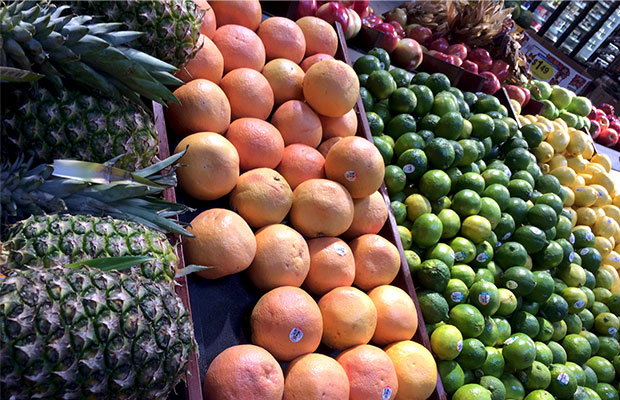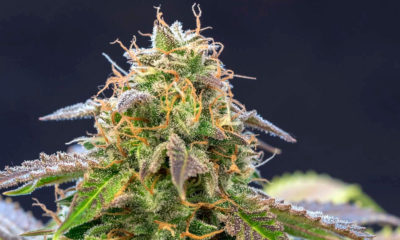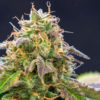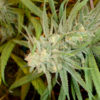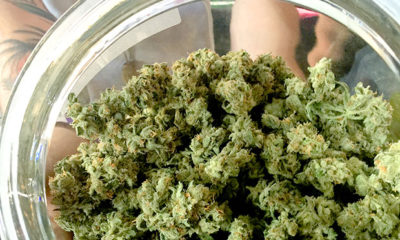Terpenes: The Future of Cannabis is Medicine and Household Cleaning
Terpenes aren’t just responsible for the distinctive smells of different cannabis strains; each identified terpene in cannabis also has its own set of medical properties.
Terpenes are the essential oils found in cannabis that create the fragrances and mental effects of different strains. What is that strong eucalyptus smell in some strains? That would be the terpene caryophyllene oxide. What about those black-peppery spice notes? Chances are the strain has traceable levels of ß-caryophyllene, a terpene also found in cloves and black pepper that has anti-bacterial, anti-fungal, anti-inflammatory and antiseptic properties.
Green House Seeds in Amsterdam has been profiling and studying terpenes for years, and have even identified the terpene profile as a sort of “fingerprint” to identify cannabis strains.
Each strain of cannabis has its own unique blend of terpenes, called the terpene profile. Terpene profiling is thought to be one of the most accurate ways to discern cannabis strains. Along with cannabinoid profile – the amounts of THC, CBD and other cannabinoids – the subspecies (indicas and sativas), the processing of the cannabis product and the method of ingestion, terpenes contribute to the entourage effects felt in the body and mind.
“We started profiling terpenes in 2009,” says Franco Loja, Manager of Green House Seeds. “At first we just had a flavor-aroma approach to terpenes, because at the time it was the main purpose: to find a different tool to breed cannabis strains based on flavor and aroma, not just cannabinoid content.”
Loja says that until they begun terpene profiling, breeding for flavor and aroma was done by personal evaluation, like a sommelier would with wine.
“After 2011, there was some research about medicinal effects of terpenes, mostly by Ed Rosenthal but also by other sources,” Loja continues. “That is when we started looking at it from a medicinal point of view, but I have to say that we do not have the tools to go deeper in this subject. We would rather see the real medicinal institutions dig into the medicinal values of terpenes.”
Terpenes make up the majority of the material found in essential oils and occur naturally in plants. They are responsible for the distinctive smells, flavors and effects of cannabis on humans. For instance, it is the terpene limonene found in citrus fruits that not only creates the fruits’ distinctive smells and flavor, but also the ability of citrus oils to work as natural cleaners. Limonene is anti-bacterial, anti-fungal and has anti-cancer properties. You may have noticed some of your favorite strains of cannabis have a citrus-like odor – that is limonene.
“Limonene is very popular, it is the main terpene in many famous strains such as Super Lemon Haze, Lemon Skunk and many others,” says Loja.
By simply smelling cannabis, some cannabis connoisseurs can pick up the subtle notes of each terpene in the strain’s profile and can even make predictions about the strain’s effects.
But terpenes do so much more than just predict cannabis effects or medicinal applications, they are also going to be the essential ingredients of most of the products we use in the future because they are environmentally sustainable for use and can be made into all kinds of safe green cannabis-profile inspired products.
Some manufacturers are already creating prototypes of products based on cannabis terpene profiles that are environmentally friendly versions of products we already use today such as dish soaps, laundry detergents, teas and beauty products.
What’s more, they are even using the terpenes burned away in the process of smoking to create “legal cannabis enhancers” or aromatherapy sticks designed to uplift or mellow out a cannabis user after they smoke.
“Terpenes have been part of human culture for millennia as aromatherapy, so it seems only logical that when cannabis becomes more legal and more studies the role of terpenes will grow in importance,” concludes Loja.



